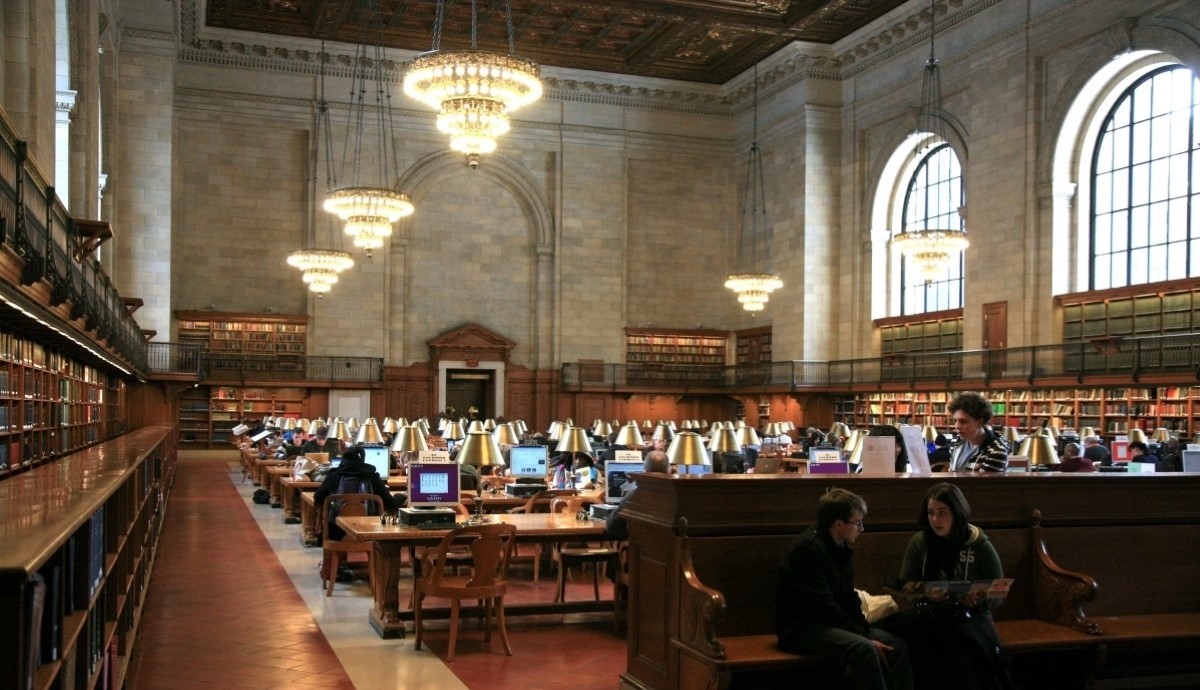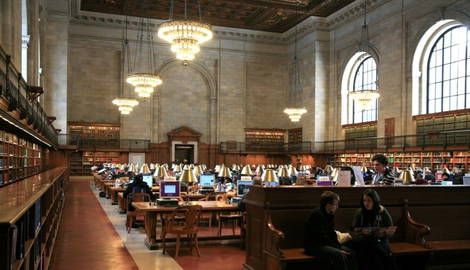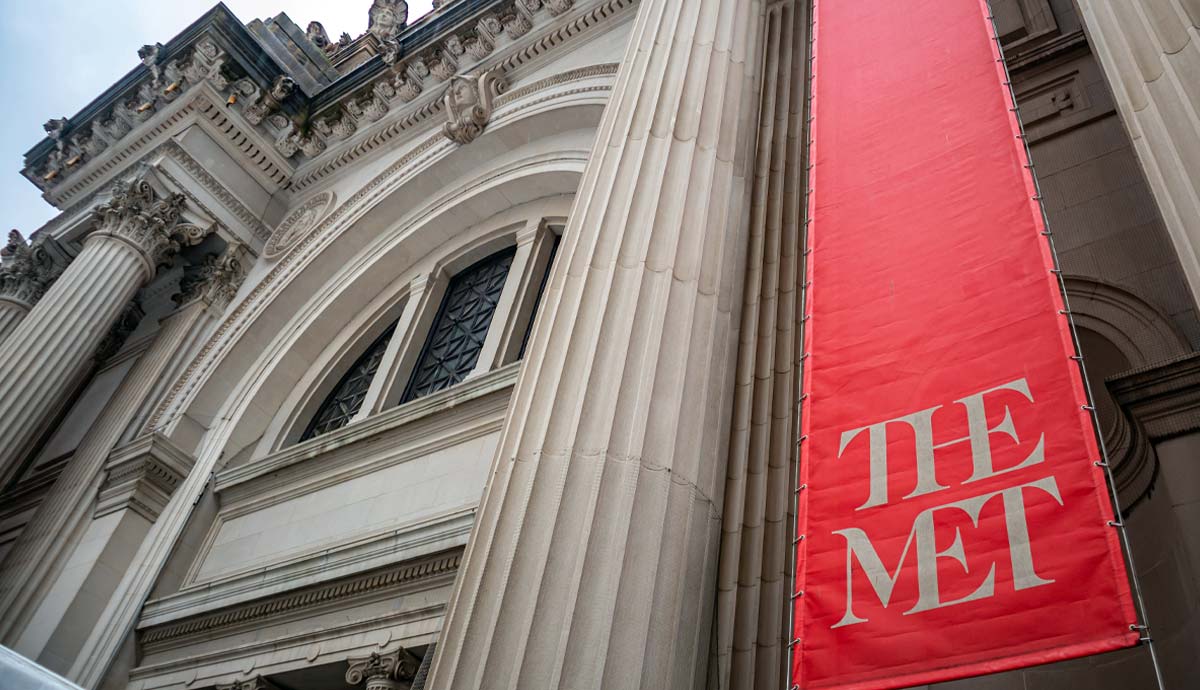
New York City is a cultural treasure trove so vast that even a lifetime may not be enough to uncover it all. From world-renowned museums to iconic theaters and historic landmarks, the city has shaped global art, music, and literature in ways few other places can claim. Known as the “city that never sleeps,” New York can overwhelm even the most seasoned traveler without a solid plan.
To make the most of your visit, we’ve rounded up the top cultural sites in the Big Apple, perfect for exploring the city’s rich heritage and creative pulse. Let this article be your starting point for exploring New York City’s iconic cultural scene.
1. The Metropolitan Museum of Art (The Met)

Established in 1870 by a group of American citizens, including businessmen, artists, and philanthropists, the museum aimed to bring art and art education to the American people. Today, it houses over 2 million works spanning 5,000 years, making it one of the largest and most comprehensive art museums in the world.
Located on Fifth Avenue along the iconic Museum Mile, The Met is a treasure trove of human creativity. When visiting this cultural gem in New York City, you will marvel at ancient Egyptian mummies, wander through European painting galleries featuring masters like Van Gogh and Vermeer, and explore artifacts from Asia, Africa, and the Americas. Its rooftop garden offers sweeping views of Central Park.
2. Ellis Island and the Statue of Liberty

The Statue of Liberty and Ellis Island are iconic symbols of freedom and hope in the United States. The Statue of Liberty is actually a gift from France. It was dedicated in 1886 and stands on Liberty Island in New York Harbor. It has welcomed millions of immigrants arriving by sea, embodying ideals of liberty and democracy.
Ellis Island, located nearby, served as the nation’s busiest immigration station from 1892 to 1954, processing over 12 million immigrants. For many, it was the “Island of Hope,” marking the start of their American journey; for others, it was the “Island of Tears,” where entry was denied.
Today, you can explore the Statue of Liberty and the Ellis Island National Museum of Immigration. This is where you can learn about their historical as well as cultural significance.
3. American Museum of Natural History

This iconic museum was established in 1869. Located on the Upper West Side of Manhattan, it houses over 33 million specimens and provides you with plenty of information about the natural world and human cultures.
You will have the chance to explore a vast array of exhibits, including the Hall of Human Origins, which delves into six million years of human evolution, and the Mignone Halls of Gems and Minerals, showcasing Earth’s geological treasures.
The American Museum of Natural History (AMNH) also features the Rose Center for Earth and Space, home to the Hayden Planetarium, providing immersive experiences about the universe.
4. Museum of Modern Art (MoMA)

The Museum of Modern Art (MoMA), founded in 1929, is one of the most influential modern art museums in the world. Situated in Midtown Manhattan, it was established by forward-thinking patrons Abby Aldrich Rockefeller, Lillie P. Bliss, and Mary Quinn Sullivan to promote modern art, which was still underappreciated at the time. Since its inception, MoMA has been a groundbreaking institution, fostering public appreciation of the avant-garde and redefining the art museum experience.
MoMA houses an extraordinary collection of nearly 200,000 works that span painting, sculpture, photography, design, film, and multimedia installations. Its permanent collection includes iconic masterpieces such as Vincent van Gogh’s The Starry Night, Pablo Picasso’s Les Demoiselles d’Avignon, Salvador Dalí’s The Persistence of Memory, and Andy Warhol’s Campbell’s Soup Cans. The architecture and design galleries feature everything from Frank Lloyd Wright’s sketches to mid-century modern furniture. When visiting, make sure to also explore experimental films, cutting-edge photography, and contemporary art exhibits that challenge traditional boundaries.
The museum also features an impressive sculpture garden, a serene space to enjoy modern sculptures amidst the hustle of New York City. MoMA’s commitment to education through its workshops, lectures, and film screenings makes it a hub for cultural dialogue.
5. Apollo Theater

Found in Harlem, New York City, this historic venue was established in 1913 as Hurtig and Seamon’s New Burlesque Theater. Later, it was renamed the Apollo Theater in 1934, becoming a significant platform for Black performers during an era of racial segregation. The Apollo launched the careers of legends like Ella Fitzgerald, James Brown, and Billie Holiday, particularly through its famed “Amateur Night,” which began in 1934 and continues to this day.
Today, you can experience live performances, historical tours, and special events that celebrate its rich legacy. The theater’s cultural significance lies in its enduring commitment to showcasing and nurturing Black talent, making it a must-visit destination for those interested in the history of American music and culture.
6. 9/11 Memorial and Museum

This site stands as a heartfelt homage to the nearly 3,000 victims of the vicious September 11, 2001, attacks and the six individuals who tragically perished in the 1993 World Trade Center attack. Unveiled on September 11, 2011, it features two reflecting pools located in the footprints of the former Twin Towers, each surrounded by bronze panels inscribed with the names of the victims.
The museum, which opened in 2014, offers artifacts such as a crushed fire truck, the “Survivor Stairs” that allowed hundreds to escape, and steel remnants from the Twin Towers. Personal items, audio recordings of victims’ last phone calls, and photographs bring an emotional depth to the experience. The Foundation Hall, featuring the “Last Column” covered in messages and tributes, is particularly moving.
The 9/11 Memorial & Museum is a space for honoring those lost while learning about the courage, resilience, and unity that followed the tragedy. It is a deeply impactful experience, offering a profound understanding of the events and their lasting global significance.
7. Brooklyn Museum

Established in 1823 as the Brooklyn Apprentices’ Library, this museum is today one of the United States’ oldest and largest art institutions. Located at 200 Eastern Parkway in Brooklyn, New York, the museum’s Beaux-Arts building, designed by McKim, Mead & White, spans 560,000 square feet, making it New York City’s second-largest art museum.
Brooklyn Museum’s extensive collection encompasses approximately 1.5 million works, offering a comprehensive journey through 5,000 years of art and culture.
Its Egyptian Antiquities section is among the most notable in the U.S., showcasing artifacts that span over 3,000 years. The American Art collection includes iconic pieces, such as portraits of George Washington by Gilbert Stuart and Charles Willson Peale, as well as Edward Hicks’s The Peaceable Kingdom. Contemporary art is also well-represented, with works by Georgia O’Keeffe, Mark Rothko, and Norman Rockwell. The museum is renowned for its thought-provoking special exhibitions, like the recent “Solid Gold,” which celebrates 200 years of cultural artistry through golden objects, including fashion, jewelry, and sculptures.
8. The Whitney Museum of American Art

The Whitney Museum of American Art, often referred to simply as the Whitney, stands as a premier institution dedicated exclusively to American art. Established in 1930 by sculptor and art advocate Gertrude Vanderbilt Whitney, the museum was established to champion the works of living American artists who were often overlooked by traditional institutions.
The Whitney’s collection boasts over 26,000 works created by more than 4,000 artists during the 20th and 21st centuries. You can explore today masterpieces by Edward Hopper, Georgia O’Keeffe, Jean-Michel Basquiat, Alexander Calder, and Faith Ringgold, among others.
The museum is renowned for its commitment to contemporary art, often providing a platform for emerging artists and showcasing avant-garde works that reflect the evolving landscape of American culture.
A hallmark of the Whitney is its Biennial exhibition, initiated in 1932, which serves as a survey of the current state of American art. This event has been instrumental in introducing and promoting new artists and artistic movements.
In 2015, the Whitney relocated to its current building at 99 Gansevoort Street in the Meatpacking District of Manhattan. Designed by architect Renzo Piano, the building offers expansive gallery spaces and outdoor terraces with stunning views of the city.
9. New York Public Library – Stephen A. Schwarzman Building

The Stephen A. Schwarzman Building of the New York Public Library, commonly known as the “main branch,” is a Beaux-Arts landmark situated at Fifth Avenue and 42nd Street in Manhattan. Established in 1911, it has symbolized free and open access to knowledge since its inception.
You will be welcomed by the iconic marble lions, Patience and Fortitude, flanking the grand entrance. Inside, the library houses extensive research collections in the humanities and social sciences, including rare manuscripts, maps, and historical documents.
The Rose Main Reading Room, spanning nearly 300 feet, offers a majestic space for study and reflection. The building also hosts exhibitions and public programs, enriching the cultural fabric of New York City.
10. The Tenement Museum

Located at 97 and 103 Orchard Street in Manhattan’s Lower East Side, this museum offers a profound glimpse into the lives of immigrants who shaped New York City. Established in 1988, the Tenement Museum occupies two historic tenement buildings that housed approximately 15,000 individuals representing more than 20 nations from 1863 to 2011.
Visitors can explore meticulously restored apartments, each telling the story of a different family or individual, such as the Levine family in the 1890s, the Baldizzi family in the 1930s, and the Saez Velez family in the 1960s. These immersive tours provide insights into the challenges and triumphs of immigrants adapting to life in America. The museum also offers neighborhood walking tours, highlighting the rich cultural and historical heritage of the Lower East Side.










